Adventures in Earth’s Prehistory: Jane Gaskell’s Atlan Saga, Part IV
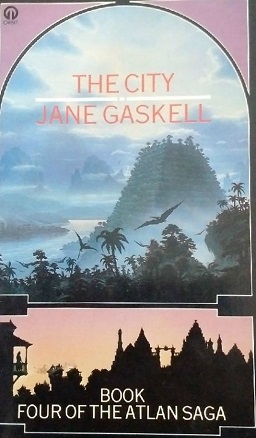 The previous installments in this series are:
The previous installments in this series are:
Jane Gaskell’s Atlan Saga, Part I
Jane Gaskell’s Atlan Saga, Part II
Jane Gaskell’s Atlan Saga, Part III
Ostensibly the final book in Jane Gaskell’s Atlan Saga is The City. It is a slim volume, especially when compared to its predecessors, coming in at 190 pages.
Picking up where Atlan left off, we find our hapless heroine Cija, half-starved and sick with scurvy from a long sea voyage, deposited in the docks of a foreign land. The master of the vessel has found a loophole in his verbal contract with the bandit chief Ael – he who paid for Cija’s safe voyage away from Atlan. Unbound by any promise regarding Cija’s treatment once ashore, the master has determined to sell her into slavery.
The docks are a squalid affair, gripped by winter. Icy rime covers mounds of garbage — and worse. Even so some punters are about, and after a bit of bidding Cija is sold and led away, still dazed and begging one of the ships boys to rescue her baby, Seka.
The City is a fast paced book. One gets the feeling Ms Gaskell was in the final sprint in the series, and this book reflects it. While she does not scrimp on descriptions, there is no wastage in the narrative. In almost a different style, Cija heads off from adventure to adventure. Even portions where time passes by are quickly dealt with until the next adventure starts.
Shortly after Cjia is led away from the slave block, the ship’s boy, Eel, and some of his cronies assail her new owner and whisk her away to promised safety. Soon she is reunited with Seka at Eel’s mothers house, which Cija soon twigs is a brothel where she is due to become a new attraction. Sickened by the prospect but still weak and lost in the foreign city, all she can do is try to capitulate.
One thing about Cija, she is a survivor. Although she has seen many streaks of bad luck, she also has the occasional run of good. This is the beginning of such a run. Her first customer turns out to be a youngster with a romantic view of the world. He believes her sob story, and sets to rescuing her. Cija escapes and, along with the youngster, finds her way to the city’s suburban greens and into his home, as a servant.
[Click the images for bigger versions.]
We learn that the city is a vast, squalid affair, gradually sliding down, figuratively and literally, into the swamp upon which it is built. Cija makes friends with the two daughters in her new home, and soon enough they have a few adventures.
It is during one of these, as the city’s army returns from a recent battle, that she first realizes the city is her city, the place of her birth. Having been brought up in a distant tower and only having had a brief glimpse of the city before being spirited away with Zerd’s army, it’s obvious why she did not realize this earlier. Her next revelation comes quickly: along with the returning army is a Northern Major, her half-brother and ex-lover, Smahil.
Cija soon realizes she is being hunted by her former slave owner, he who bought her on the docks. But not because she is lost property… someone has recognized her and reported to her father, the high priest, who — being officially celibate — stands to be considerably embarrassed by her existence. Traps, alligators, a strange encounter, abduction and near death follow before she eventually comes face to face with Smahil, and is subsequently rescued.
I hope the pace of this review reflects the pace of the book. I found myself reaching for pencil and paper to make notes for plot hooks and ideas for my FRP campaign. Really, these books are a goldmine of wonderful ideas. I am very surprised they are not mentioned in Gygax’s famed Appendix N.
One of Cija’s adventures prior to her capture occurred when the girls found their way to an abandoned tower where a child of evil allegedly lived. Her friends from a religious proto-middle class family have no idea who Cija really is, but Cija knows the tower well, as she is the so called child of evil, the cursed one, who will bring destruction on the city. Funny how the curse was placed by her father, the supposedly celibate high priest. No personal interest there…
In the tower they encounter a group of ape men, who have made a home of the abandoned building. But they are soon rescued by a hunting party looking for some long pig.
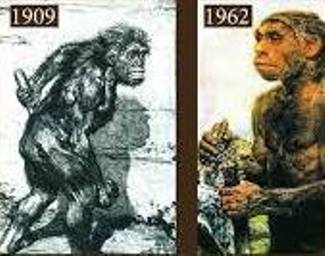 To go off at a bit of a tangent here: These novels were written in the 1960s, when the work of Dian Fossey, Jane Goodall et al was still relatively new (or entirely unpublished). Consider that gorillas had only been documented around 1902. Then consider that Neanderthal man was also, until relatively recently, believed to be ape like.
To go off at a bit of a tangent here: These novels were written in the 1960s, when the work of Dian Fossey, Jane Goodall et al was still relatively new (or entirely unpublished). Consider that gorillas had only been documented around 1902. Then consider that Neanderthal man was also, until relatively recently, believed to be ape like.
Think of how often Conan came across ape-like creatures (surely inspired by gorillas) or proto men. Even in the 1960s I suspect the old school fantasy trope was very much a consideration. In short, the ground work for an ape man race had been well laid in the genre, which I think explains the last part of The City.
Cija, back in the house on the green, finds herself face to face with Smahil, who has come calling under the guise of being interested in one of the sisters. His obsession with Cija has become dangerous and she knows it. Claiming she is fetching a pudding pie, she steps outside to try and collect her thoughts, and is abducted.
This time it is not some hostile rogue bent on selling her to her father, but an ape man! Spirited away to her old home, she is not immediately consumed for dinner. Instead these intelligent creatures seem to want to fatten her up. Held prisoner, she lives among the apes for a while and observes their behavior and barbarism, yet comes to appreciate the somewhat less duplicitous, cleaner life they lead.
One of the ape men has taken an interest in her, as a kind of a pet. When time finally comes to consume her, this ape man decides she should live and in so doing is banished, taking Cija with him. Thereafter they live in the jungle and, through mutual assistance, an understanding and bond grows which eventually sees them becoming lovers.
Too kinky? Bestiality? Or just a natural progression of the age old discussion of what makes a man a man? What I can report is that for the first time in her life Cija finds true love, to be loved for who she is, not what she represents.
All good things come to an end. Eventually the odd lovers are discovered by some hunters and separated. Cija is recognized, and a final reckoning with her father is finally in the cards. Cue an elaborate temple complex scene including an ancient stepped pyramid and underground canals, plus her mother, The Dictatress who has finally discovered Cija is alive and in the City, and the book arrives at a climatic end.
I think The City is my favorite book in the series. The action and urban adventure are both high points, but one also has to consider a sympathetic heroine who has finally become known to us, whereas in The Serpent we were only just being introduced.
Jane Gaskell does at times imbue Cija with an intellect and comprehension on par with a modern woman. The way she sees and interprets certain situations may be seen as an anachronism by many a reader, including yours truly at times. You can argue this by acknowledging the story occurs so far in Earth’s past that such science and knowledge may indeed have been known, before being lost, in a kind of Golden Age, before the oceans drank Atlantis and the rise of the sons of Arias…
Onto one of my favorite review bits. Which cover do I prefer? While the Jeff Jones Paperback Library and Vallejo Pocket Books covers are no doubt attractive, based on the subject matter I find the DAW cover most compelling this time around.
This was not the last of Cija’s adventures. A sequel was published, and will be reviewed in due course.
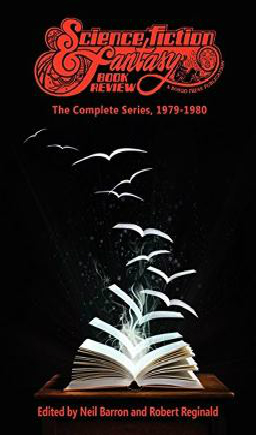
King’s Daughter: A Prequel of Sorts?
In some of my previous reviews I mentioned other Jane Gaskell books. One I have not yet covered is King’s Daughter. Mention is made here due to the subject matter. Written in 1958, prior the Atlan Saga, it purports to be a precursor to Atlan.
I don’t know much about this book, which last saw publication in paperback in 1979 from Pocket Books (more recently, it was serialized in a magazine called Scheherazade in 1992). While I will endeavor to obtain a copy for now the best I can do is quote from Science Fiction and Fantasy Book Review – Neil Barron, R. Reginald, courtesy of Google Books:
79-788 KING’S DAUGHTER, by Jane Gaskell. Pocket Books, New York, 1979, 280p, Paper, Novel, $1.95. ISBN 0-671-82165-2. This is a reprint of Gaskell’s second novel, published in Britain in 1958.
Gaskell’s second novel, King’s Daughter (1958), relates the adventures of Bulinga, Princess of Grood, who runs away from her father’s barbaric kingdom. She hopes to reach Atlan, her dead mother’s homeland, where surely they will appreciate her beauty, charm, and wit [sic]. Falling in with bad company on the road, she is captured for the Temple, to serve the High One in worship of the Sun, and then is sold as slave to Prince Dedn. Embroiled in religious wars, Bulinga amazingly retains both her virginity and the naive expectation that she will be treated as a princess, even without money or protection. Finally, she saves Dedn’s life only to be slain herself, and dies in his arms as they confess their love for each other.
The cover calls the book “the bold forerunner of the Atlan saga,” meaning, one assumes, that it was written first, but there is no other discernible relationship. Gaskell exhibits the same talent for description, but King’s Daughter lacks the pageantry and spectacle of the Atlan Saga. Bulinga and the other characters are one-dimensional; they have no depth or motivation and seem to exist only to further the plot. In some ways, Bulinga has an unfortunate resemblance to Cija, for she is blown from peril to peril, the pawn of whoever controls her at the moment. The adventure is just mildly interesting: Bulinga becomes tiresome, and the reader becomes bored. Mediocre Gaskell. — Susan L. Nickerson
Bibliography
Science Fiction and Fantasy Book Review, Google Books.
Tony Den’s most recent article at Black Gate was Adventures in Earth’s Prehistory: Jane Gaskell’s Atlan Saga, Part III His personal website RuneQuest.orc is busy undergoing a slow migration to WordPress.
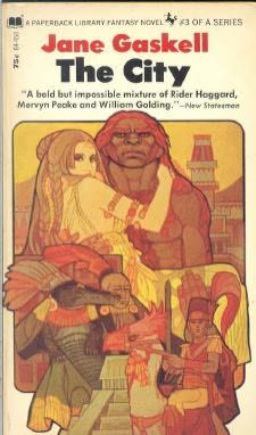
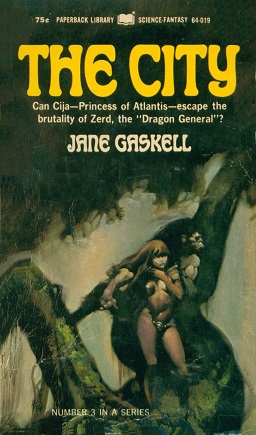
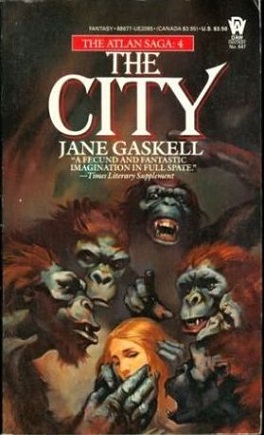
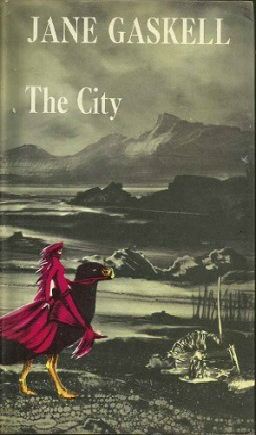
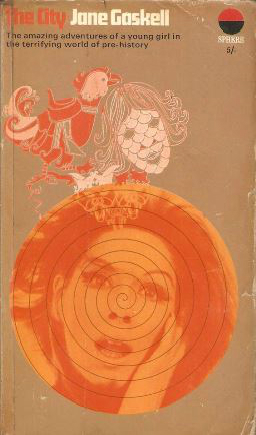
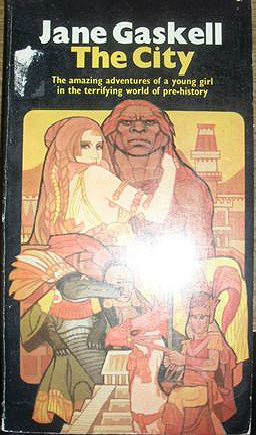
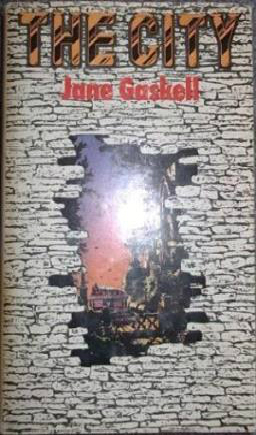
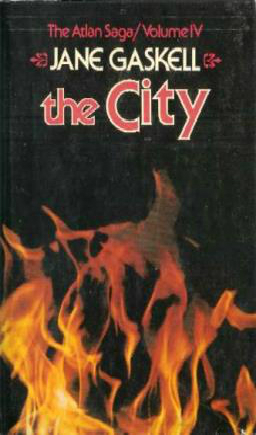
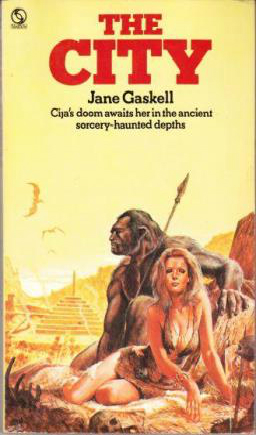
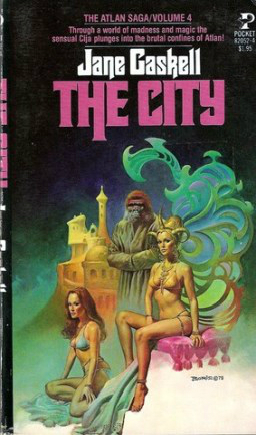
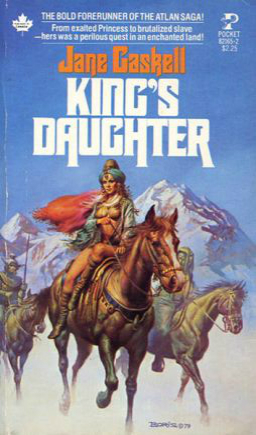
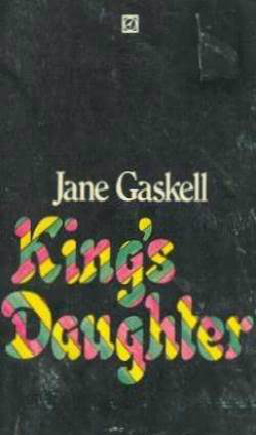
Do we know the artists for the Paperback Library and Daw editions?
Woelf – I sadly couldn’t find much about the cover artists. Some of the other DAW books in the series are ascribed to James Gurney and the style – to my untrained eye – looks the same. The Paperback Library ones are a mystery. The exact same art is on one of the Sphere editions but I haven’t been able to pick up who did them. The other Paperback Library one is ascribed to Jeff Jones on the ISFDB, but looking at the style and at other editions it could either be Mr Jones emulating a Frazetta style (Frazetta painted some other editions) or maybe it is Frank Frazetta and not correctly referenced on the ISFDB.
Thanks, Tony. I confirmed James Gurney for the DAW books. I love Jeff Jones’ work and I know Frazetta influenced his style a lot but the Paperback Library cover where the ape man carries Cija is definitely someone else and appeals to me for some reason. I tried a reverse image search on google but to no avail.
Got it! I went searching again before publishing my comment and I am almost a 100% convinced the artist is Bob Pepper.
Bob Pepper eh? Thanks for the note Woelf. While I can’t really find anything online (yet) to confirm this, scanning through many of his pictures I tend to agree, a very specific style and tone. Those covers were not that appealing to me at first but grouped together they have grown on me. Especially this last one for The City.
Sorry to chime in so late after the discussion, but the 1970’s Paperback Library covers were produced by Englishman Michael Leonard. His website has confirmation, and is worth a visit: https://www.michaelleonardartist.com/works/commercial/book-jackets
Thanks for the share Jeffersen. I went there and enjoyed scrolling through Michael’s art. Some impressive covers! Funny enough all my Jane Gaskell commentaries received little comments, yet this week years after I wrote them I got two!